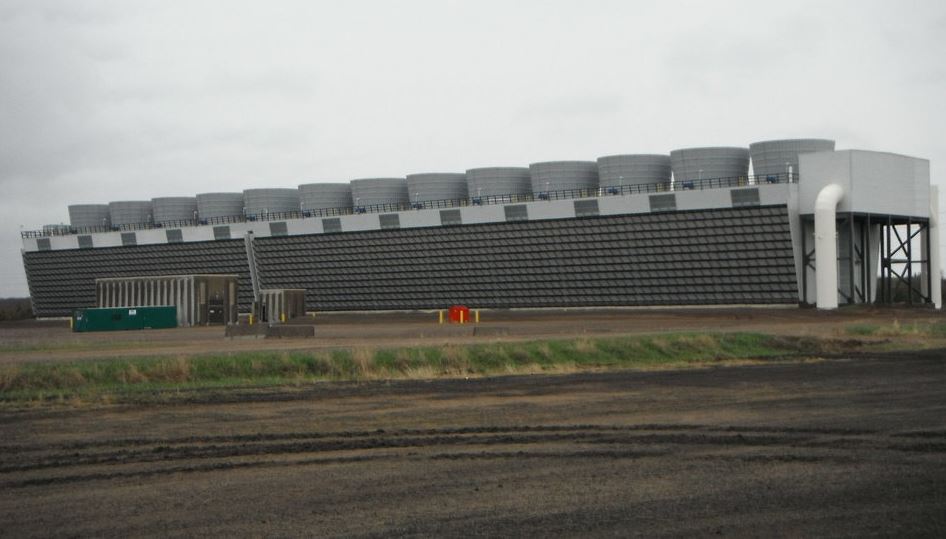Cooling towers are a form of cooling systems that can be found in edifices ranging from residential apartments to industrial plants.
They help to eject heat created by humans and machines from the work/living space into the atmosphere by combining air and cold water in an intricate gamut of mechanical processes.

-
Regular inspection
As the summer heat descends, drastically increasing the workload of the cooling tower, it is necessary to carry out certain maintenance checks on the equipment to ensure that the entire system does not break down at the time that it is most needed.
One of the means of doing that is by cleansing the components to remove debris and mineral buildup that can impede the proper functioning of the systems over time.
Legionella, one of the organic growths caused by algae, can clog water distribution channels, thus interfering with the cooling process and driving up operation and maintenance costs.
Timely inspection of movable parts must also be taken into consideration. Valves, which mechanically turn themselves on and off, depending on the basin’s water pressure, must be monitored to ensure that they move smoothly.
A valve that does not turn shut to cut off water supply can lead to overflooding, and an unopened valve will lead to insufficient cooled water to service the system.
-
Maintenance
The fill, one of the core components of the International Cooling Tower Inc., must be serviced and replaced where necessary.
This area where the warm condenser water from the pipe above meets with cool air from the louvers beneath may accumulate debris over time, reducing the volume of air that is available to reach the heated water and cool it.
Seeing as the cooling of this water is the entire point of the system set-up, failure to achieve this will lead to the system’s inability to eject heat, thus putting more pressure on other parts such as the fans and water pumps.
Besides, the louvers, through which air goes into the cooling tower, must be maintained by washing them down to remove materials and particles that can limit airflow
Furthermore, the ability to retain a significant volume of water before it gets expelled as evaporation into the atmosphere plays a huge role in the number of resources that will be spent to provide fresh water to service the cooling system.
The drift inhibitors must, therefore, be maintained to trap back as much water from the evaporation as possible. This process, in the end, reduces the workload on the components such as the water pump.
-
Monitor water quality
It is important to note also that, besides paying attention to the cooling component, monitoring the quality of the water introduced into it also goes a long way in facilitating its longevity.
For instance, introducing chemicals that eliminate the corrosive quality of the water and the organic growth in it, and controls the amount of deposit in it keeps the system in optimum condition throughout summertime when cooling systems are wont to undergo mechanical fatigue.

